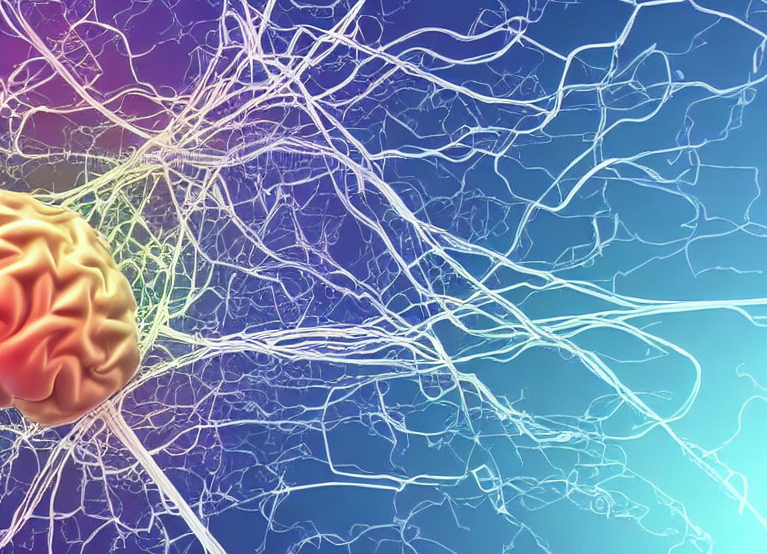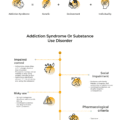Seizures are sudden bursts of electrical activity in the brain that can cause a wide range of symptoms, such as loss of consciousness, convulsions, and involuntary movements. They can occur due to various reasons, such as head injury, stroke, epilepsy, fever, infections, or drug use.
What substances can cause Seizures?

Seizures can be caused by a variety of substances, and the risk of having a seizure may increase with higher doses or prolonged use of these substances. Here are some of the most commonly used drugs that can lead to seizures:
Opioids: Opioids are a class of narcotic drugs that are commonly used to treat pain. They include prescription medications like oxycodone, hydrocodone, and fentanyl, as well as illicit drugs like heroin. Opioids can cause seizures by depressing the central nervous system and lowering the seizure threshold.
Cocaine: Cocaine is a stimulant drug that can cause seizures by increasing the excitability of neurons in the brain. Cocaine use can also cause changes in the brain’s blood vessels, which can lead to a decreased blood supply to the brain and increase the risk of seizures.
Amphetamines: Amphetamines are a class of stimulant drugs that can cause seizures by increasing the release of certain neurotransmitters in the brain, such as dopamine and norepinephrine. Long-term use of amphetamines can also lead to changes in the brain that increase the risk of seizures.
Synthetic cannabinoids: Synthetic cannabinoids, also known as “spice” or “K2,” are man-made drugs that are designed to mimic the effects of marijuana. However, these drugs can cause seizures, as well as other serious side effects, such as hallucinations and psychosis.
Inhalants: Inhalants are substances that are sniffed or huffed to produce a high. These substances can include household chemicals, such as glue, paint thinner, or gasoline, and can cause seizures as well as other serious health effects.
Bath salts: Bath salts are a type of synthetic cathinone that can cause seizures, hallucinations, and other dangerous side effects.
Benzodiazepines: While benzodiazepines are often used to treat seizures, they can also cause seizures if used in excess or in combination with other drugs that lower the seizure threshold.
Barbiturates: Barbiturates are a class of drugs that are used as sedatives, hypnotics, and anticonvulsants. However, these drugs can also cause seizures if they are used in high doses or for long periods of time.
Alcohol: Excessive alcohol consumption can lower the seizure threshold and increase the risk of seizures. This risk is particularly high during alcohol withdrawal, which can occur in individuals who have been drinking heavily for prolonged periods of time.
It is important to note that any substance that affects the brain’s functioning can potentially lead to seizures, especially if used in excessive amounts or for prolonged periods.
Types of Seizures, Degrees of Danger
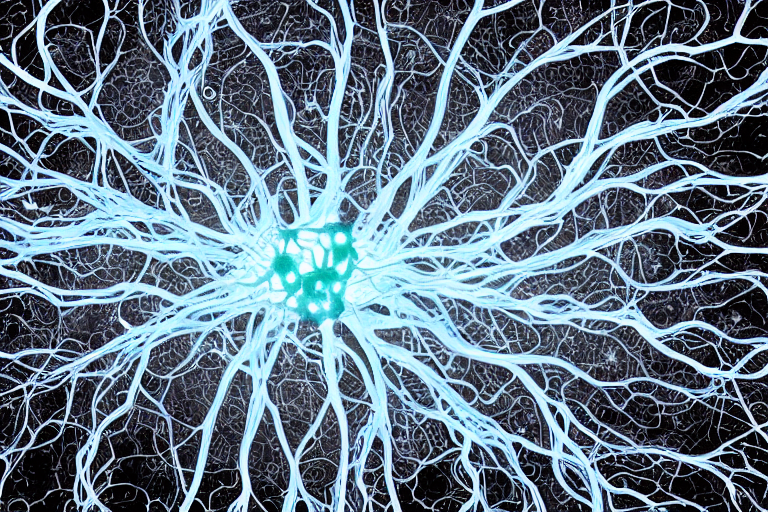
Seizures can be classified into different types based on their origin, symptoms, and severity. Understanding the different types of seizures and their degree of danger can help you recognize and respond appropriately to a person having a seizure. Here are the most common types of seizures:
Generalized Seizures: Generalized seizures affect both sides of the brain and often involve loss of consciousness. There are several subtypes of generalized seizures, including:
- Tonic-Clonic Seizures: These seizures are characterized by stiffening of the body (tonic phase) followed by jerking movements (clonic phase) and loss of consciousness. They are the most common type of seizure and can be very dangerous.
- Absence Seizures: These seizures cause brief episodes of staring or loss of awareness, often mistaken for daydreaming.
- Myoclonic Seizures: These seizures involve sudden, brief muscle jerks that can affect different parts of the body.
- Atonic Seizures: These seizures cause sudden loss of muscle tone and can cause falls or head injuries.
Focal Seizures: Focal seizures originate from a specific area of the brain and can cause a wide range of symptoms, depending on the location of the affected area. There are two subtypes of focal seizures:
- Focal Aware Seizures: These seizures do not cause loss of consciousness but can cause strange sensations, movements, or emotions.
- Focal Impaired Awareness Seizures: These seizures can cause loss of consciousness, confusion, or automatisms (repetitive, involuntary movements).
Unknown-Onset Seizures: These seizures have an unknown origin and can present with various symptoms. You can learn more about the types of seizures on the СDС website.
The degree of danger of a seizure depends on several factors, such as the type of seizure, the underlying cause, and the presence of other medical conditions. Tonic-Clonic seizures can be particularly dangerous because they can cause falls, injuries, and breathing difficulties. Seizures lasting longer than five minutes or occurring in clusters can also be dangerous and require immediate medical attention. Additionally, seizures occurring in water or heights can be life-threatening.
Seizures First Aid
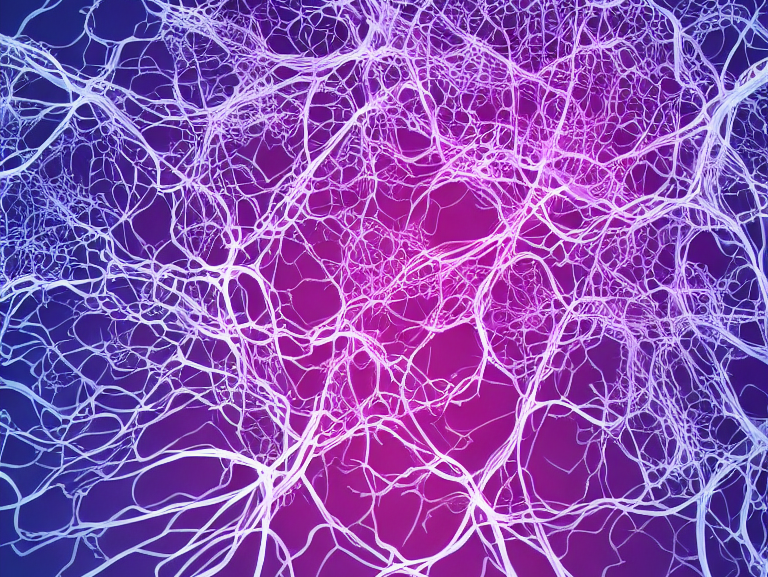
Considering the above in the section on first aid, I will focus only on situations when a person suddenly begins to show typical signs of seizures and that’s all we know. Each of us may find ourselves in a situation where a person nearby begins to experience a similar state. And it is important to be ready to provide first aid and not make it worse. I will not dwell on particular cases, varieties, and medical conditions, but will try to describe the most universal procedure.
Stay, Safe, Side approach
So, If you witness someone having a seizure, here are the steps you can take to provide first aid:
Stay Calm: The first and most important step is to stay calm and keep the person safe. Try to keep them from falling or hitting their head on a hard surface. Remove any objects that may cause harm, such as sharp objects, glasses, or furniture.
Time of the Seizure: Note the time when the seizure starts and how long it lasts. This information can help medical professionals diagnose and treat the person. Contact emergency services if it lasts longer than five minutes.
Protect the Person’s Head: Gently cushion the person’s head with something soft, such as a pillow, sweater, or jacket.
Loosen Tight Clothing: Loosen any tight clothing around the person’s neck or waist to help them breathe easier.
Take off their eyeglasses. If there are.
Turn the Person onto their Side: Slowly and gently turn the person onto their side to help prevent choking on any vomit or saliva. When seizures stop Recovery Position may be suitable.
Stay with the Person: Stay with the person until they recover fully or until emergency medical help arrives. Reassure them and speak calmly to them.
Calling an ambulance for Seizures
Seizures generally do not necessitate emergency medical attention. However, it is essential to contact an ambulance if any of the following are applicable:
- The individual has never had a seizure before.
- The person has difficulty breathing or regaining consciousness after the seizure.
- The seizure lasts longer than five minutes.
- The person experiences another seizure shortly after the first one.
- The person sustains an injury during the seizure.
- The seizure takes place in water.
- The individual has a preexisting health condition such as diabetes, heart disease, or is pregnant.
What not to do with Seizures
Understanding what actions to avoid is crucial in ensuring the safety of an individual during and after a seizure.
It is important to never engage in any of the following:
- Avoid holding the individual down or attempting to impede their movements.
- Refrain from inserting anything into their mouth, as this can result in harm to their teeth or jaw. A person having a seizure cannot swallow their tongue.
- Do not attempt to administer mouth-to-mouth breaths, such as in CPR, as individuals typically start breathing on their own following a seizure.
- Do not offer water or food until the individual has regained full alertness.
Actions after Seizures
Numerous kinds of seizures can occur, but most of them only last for a short period of time. In the event of a seizure, the following are some general actions to take to assist the individual:
- Remain calm yourself and encourage others to do the same.
- Stay with them until the seizure is over and they regain full consciousness or until an ambulance arrives.
- When the seizure is over, assist them in finding a secure location to sit.
- Once they are awake and capable of speaking, describe what occurred in simple terms. Offer comfort and speak in a relaxed manner.
- Examine if the individual is wearing a medical bracelet or has any other emergency information.
- Offer to arrange for a taxi or someone to help the individual get home safely.
Why Is Seizure First Aid Important?
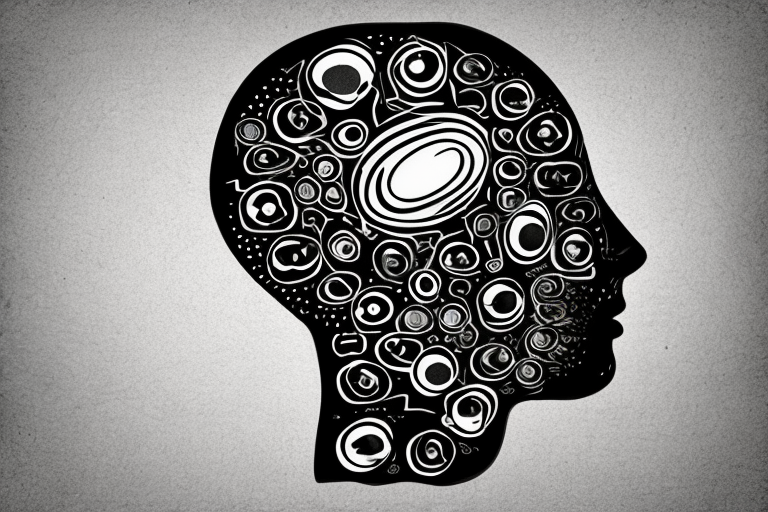
Protecting the Person: Seizures can cause a person to lose control of their body, leading to falls, injuries, or other accidents. Seizure first aid can help protect the person from harm by cushioning their head, turning them onto their side to prevent choking on vomit or saliva, and removing any objects that could cause injury.
Preventing Complications: Seizures can sometimes last longer than usual or occur in clusters, leading to complications such as dehydration, exhaustion, or injury. Seizure first aid can help prevent these complications by ensuring the person receives proper care and medical attention.
Providing Comfort: Seizures can be scary and disorienting for both the person experiencing the seizure and those around them. Seizure first aid can help provide comfort and reassurance to the person by speaking calmly, staying with them until the seizure ends, and seeking medical attention if needed.
Educating Others: Providing seizure first aid can help educate others about seizures, their causes, and their management. This can help reduce stigma, improve understanding, and promote safety for those with seizures.
Improving Outcomes: Quick and appropriate seizure first aid can improve outcomes by reducing the risk of injury, preventing complications, and ensuring that the person receives appropriate medical care.
Rescue Medications for Seizures

Rescue medications and treatments for seizures are used to help stop or control seizures that are lasting longer than usual or occurring in clusters. Here are some of the most common rescue medications and treatments:
Benzodiazepines: Benzodiazepines are a class of drugs that act on the brain’s GABA receptors, which can help stop seizures. Common benzodiazepines used as rescue medications include diazepam (Valium), lorazepam (Ativan), and midazolam (Versed). These medications can be given orally, rectally, or through injection.
Nasal Midazolam: A newer form of midazolam is available in a nasal spray called Nayzilam. This medication is specifically designed for people who experience cluster seizures and can be given by caregivers.
Diastat: Diastat is a rectal gel containing diazepam that can be given by caregivers to stop a seizure in progress. It is specifically designed for use at home or in other non-hospital settings.
Anti-Epileptic Drugs (AEDs): AEDs are medications used to prevent seizures from occurring. However, some AEDs can also be used as rescue medications if a seizure occurs despite taking regular medication.
I cannot elaborate on medications due to the fact that too general recommendations may not be suitable for some particular case. Seizure emergencies require prompt action, and in some cases, hospitalization may be necessary. If you or someone you know experiences a seizure lasting longer than five minutes or occurring in clusters, seek medical attention immediately.
Summary

Seizures can develop suddenly. One person out of ten experiences an attack of seizures at least once in they life. The risks of encountering this condition increase if a person uses psychoactive substances. Especially in large doses or for a long time.
In order not to panic or become numb in a situation where a person’s life may be in danger, it is important to know a universal approach to first aid for convulsions. It is not difficult and does not require any special knowledge.
Providing first aid for seizures involves protect a person from injury, create safe conditions, detect and monitor the time of a seizure, do not do unnecessary and harmful actions, and call an ambulance if necessary. Remember, every seizure is different, and the severity and duration can vary. It’s essential to remain calm and focused during a seizure.
✔️
This marks the finish of today’s session. It is my hope that this piece was enlightening.
If you desire to advance the growth of this blog, I suggest the following actions:
- Follow my Twitter.
- Circulate a link to this article among your associates.
- Give recognition to this blog on relevant platforms or discussion groups.
Should you identify any necessary additions or corrections in this article, feel free to initiate a dialogue with me via Contact Form. I am always open to communication.
I express my gratitude for your valuable time and consideration ⚡


